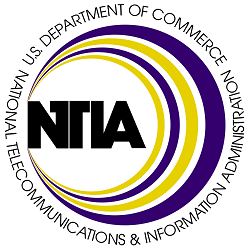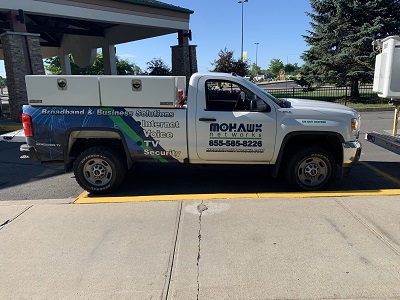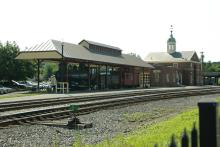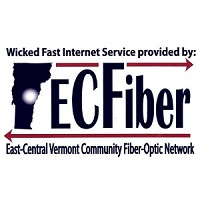A Stately Tour of BEAD Plans - Episode 568 of the Community Broadband Bits Podcast

This week on the show, Christopher is joined once again by Sean Gonsalves, Associate Director for Communications for the Community Broadband Networks initiative at the Institute for Local Self-Reliance. After a short stop to talk about the establishment of a new municipal network in Timnath, Colorado, Christopher and Sean get down to talking about the BEAD 5-Year Plans that states are filing with NTIA to get their hands on the first tranche of what will be an historic pot of federal funds for new broadband investment.
Some states, like Maine and Vermont, Sean shares, are doing lots right: setting high bars for new infrastructure, listening to communities about their needs, folding in digital equity initiatives, and thinking about how to reach the last households that BEAD will fall short of. Others, like Pennsylvania, seem written with the intent to waste public money and leaves tens of thousands of households stranded with poor or no service - in other words, exactly what the monopoly cable and telephone companies want.
This show is 37 minutes long and can be played on this page or via Apple Podcasts or the tool of your choice using this feed.
Transcript below.
We want your feedback and suggestions for the show-please e-mail us or leave a comment below.
Listen to other episodes here or view all episodes in our index. See other podcasts from the Institute for Local Self-Reliance here.
Thanks to Arne Huseby for the music. The song is Warm Duck Shuffle and is licensed under a Creative Commons Attribution (3.0) license.












